SWAT: Agricultural water and nonpoint source pollution management at a watershed scale

Authors:
Global change and demographic changes increasingly cause water, food, and health problems at many places of the world. In addition, the growth in bioenergy production leads to land-use change and associated environmental impacts. This Special Issue addresses many of the challenges of agri-cultural, water and nonpoint source pollution management at the watershed scale. In this regard, the Soil and Water Assessment Tool (SWAT) model (Arnold et al., 1998; Arnold and Fohrer, 2005) has proven to be an effective mechanism for assessing water resource and nonpoint source pollution problems for a wide range of scales and environmental conditions across the globe (Gassman et al., 2007). The model is a continuation of nearly 30 years of research efforts by the USDA Agricultural Research Service (ARS). SWAT continues to evolve as users determine needed improvements that will enable more accurate simulation of currently supported processes and new functionalities that will expand the SWAT simulation domain, reflecting the above mentioned challenges.
